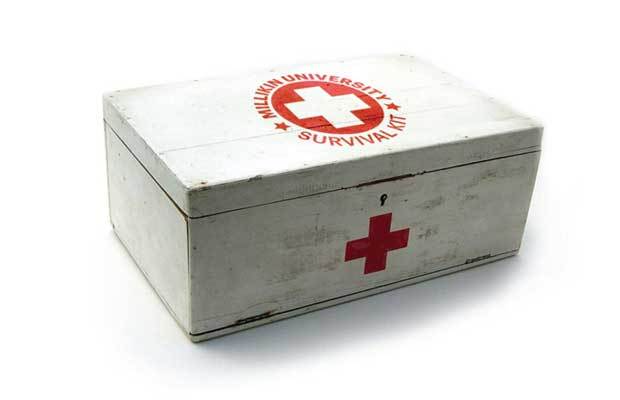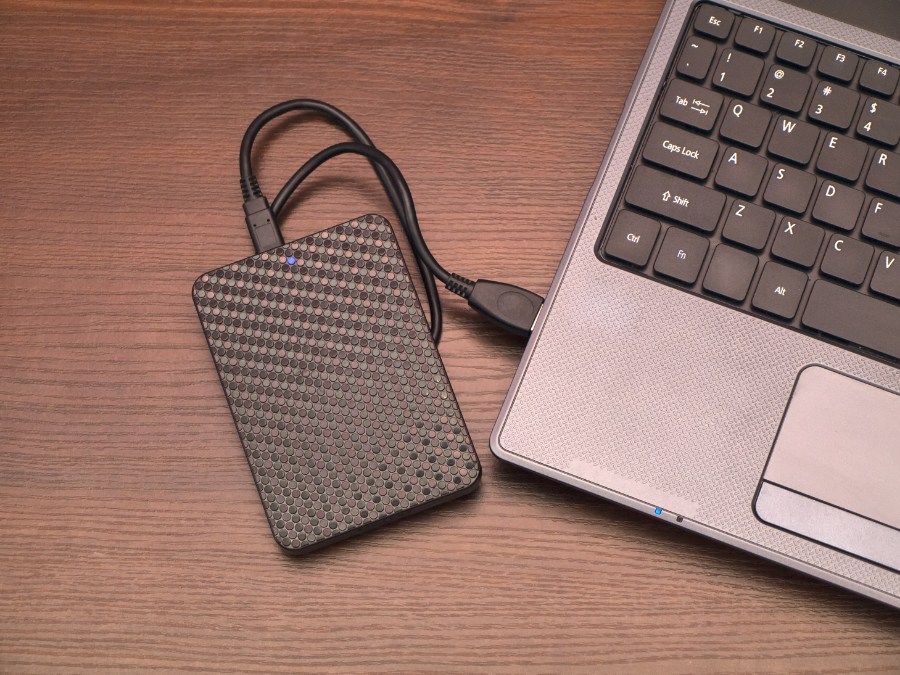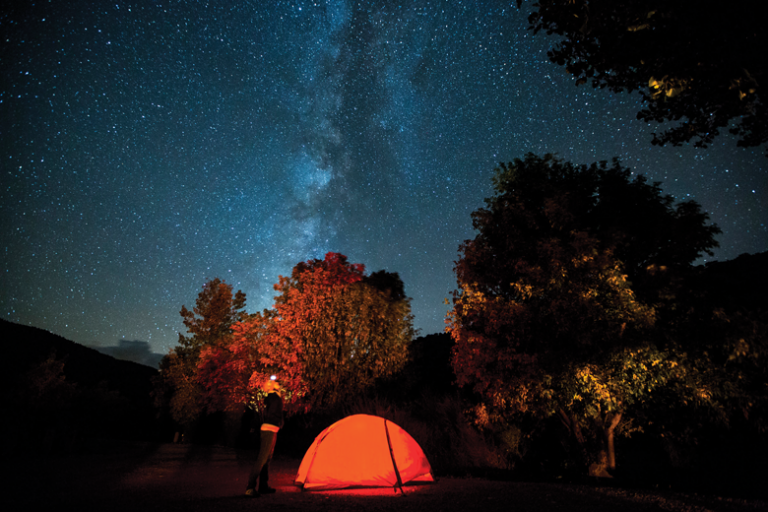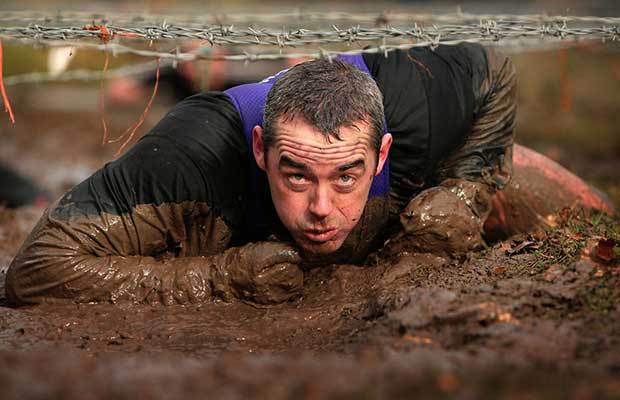Safe Water If the Grid Goes Down – Part II
In Part 1, we discussed the conundrum of water; how it was necessary, but safe water is not always available. We listed what could contaminate water, and mentioned the six practical ways to fix this. Then we investigated the first two of these methods. Here is the investigation into the other four methods.
Boiling
Boiling is a very simple concept; bring water to a boil for a few minutes and anything biological is killed. This process does not do anything for any particulates, salt or chemicals, and requires a source of heat to get and keep the water at 212 degrees F (at sea level; the temperature goes down as the altitude goes up). A useful item to always have in your water bottle or canteen pouch is a stainless steel cup into which the bottle nests. Not only can you boil water to kill organisms, but can melt ice or snow to get the water, and cook in it.
Bring water to a boil for a few minutes and anything biological is killed.
Chemical Treatment
As an alternate to boiling contaminated water to kill the organics, you can poison them. Fortunately, they are more sensitive that we are, and the amount of poison needed for them is not enough to bother us. It can taste bad, though. The common choices are Chlorine or Iodine based. Chlorine can be cheap (think standard bleach), but is unstable (has a short life span), leaves a bad taste, and the residue left behind is suspected of causing some cancers. Iodine deteriorates on exposure to sunlight. It also leaves a bad taste and is dangerous for people with some thyroid conditions. The iodine taste can be alleviated with Ascorbic Acid (Vitamin C) after it has completed its work. Although you can use the liquid forms of these chemicals directly, they are subject to deterioration and the potential to leak all over everything, and need care to avoid overdosing. A tablet purification system is more practical. The “best” treatment seems to be Katadyn MicroPur tablets, which uses Chorine Dioxide. This formulation increases the effectiveness and durability, and keeps the chlorine taste to a minimum. Aquamira is generally considered the number two tablet, also Chlorine Dioxide based, and the number three rated tablet is often considered to be Potable Aqua, which is iodine based (they now also have a Chlorine Dioxide product which has not been evaluated yet).
Cryptosporidium cysts have a high resistance to poisoning; Chlorine Dioxide will do it, but it can take as long as four hours. Iodine is not reliable against Cryptosporidium.
For something completely different from tablets or liquid, there is the Potable Aqua PURE device. Solar powered, it takes a salt and water brine mixture and produces a Chlorine and Peroxide purification liquid.
Distillation
Each chemical has a temperature at which it transforms to its gaseous form (boiling point); this temperature varies inversely with the surrounding pressure. For water, of course, this is 212 degrees Fahrenheit at sea level (1 Atmosphere of pressure). If you capture the gaseous form of water and cool it, it turns back to liquid water. This process is called “distillation” and the apparatus is often called a “distiller” or “still”. If the liquid (contaminated water) is a mixture of compounds, then some of the chemicals may “boil” (transform to gas) at lower temperatures than water (alcohol is one such chemical), and some at higher temperatures. Thus, in order for this to be effective at purifying water, you must NOT capture, or contaminate your cooling apparatus with, any vapors prior to the water boiling AND keep the temperature below the boiling point of water until all (or at least most) of the low boiling point contaminants are gone.
And this can take a while, since some of these chemicals (like alcohol) REALLY like being mixed with water. And you have to remove the cooling apparatus before the water has all boiled away AND keep the temperature from rising above the boiling point of water so no other contaminant is boiled off. Theoretically, with care, you could get perfectly pure water using this methodology. In practice, that is often not the case, but the results can be adequate. Most often, this apparatus consists of a tank which can be filled with contaminated water, situated over a fire or other heat source, and a way to capture only the steam from water and run it through tubing, which uses open air or a liquid bath to cool and “condense” the steam back into water.
If you capture the gaseous form of water and cool it, it turns back to liquid water.
Many of the commercially available distillers are “one piece”, so should not be relied on if there is much chance of low boiling point contaminants. Most of the rest seem to be “screwed together”, so it might not be practical to keep the collection and condensing parts free of low boiling point contaminants. The WaterWise WW1600 seems like it might allow you to just add-on the collection part when the water is boiling, but it looks freaky, the reviews are not very good and the price is too high for me. There is another option, the Prime Water distiller, which appears to allow placing the collector/condenser after the water is boiling (make sure you have a way to avoid getting burned by the steam), and it is quite low-priced. They appear to be low producing though; the models they list are specified as only putting out two or four quarts of distilled water PER DAY, and I’m not sure how easy it would be to avoid re-contaminating the output, since it is a bowl which floats in the contaminated liquid. Then there is the Gravi-Stil from SHTFandGo, which can be set up either as a distiller or a filter, and the non-auto-fill version looks like it could be made to do the job. Or if you already have or can get two large pots, they have the D-Stil light which looks like it would be fairly easy to use in our desired manner, and the price is not too bad.
Distillation takes a lot of fuel, and does waste some water; some might escape as vapor and as the remaining contaminants in the liquid increase, production of water will decrease, eventually resulting in having to discard it. You might lose as much as four gallons of water for each one gallon purified, but with good temperature control and care, should be able to get the losses down significantly.
This works, but often you spend more water (as sweat) building the still than you get back from the still.
There is also the concept of the “solar still” which uses solar energy to cause evaporation (the other way a liquid can be transformed into a gas) which is then condensed back to pure water. This can be a hole in the ground covered with an appropriate plastic film. This works, but often you spend more water (as sweat) building the still than you get back from the still. Nowadays, there are “one piece” solar stills. These are essentially “balls” or “bags” which enclose contaminated water, and uses the sun to evaporate the water and condense it back into a clean container or area. Note that you don’t want to use this system with any water with contaminants which “boils” at a temperature less than water, such as from a car radiator. An example of this is the Aqua Mate solar still similar to those included in lifeboat survival kits to purify sea water. A variation on this is a “transpiration” still, which captures the water given off by a living plant during photosynthesis. Since the plant draws water from the ground, this can produce small amounts of water continuously. If a living plant is not available, this methodology will also work on plant clippings which contain moisture, but only as long as moisture remains. The Hydro Kit from Survival Metrics is an example of this.
UV/Solar
Ultraviolet (UV) radiation is effective against organisms, and highly portable units such as the SteriPen are available. I don’t trust them because they require batteries or other sources of power which may or may not be available, they are electronics which are subject to failure or an EMP, and if there are any particulates in the water, it is possible some organisms will be “shaded” from the UV and survive to wreak havoc.

The SODIS method is very easy to apply: A transparent PET bottle is cleaned with soap. Then, the bottle is filled with water and placed in full sunlight for at least 6 hours. The water has then been disinfected and can be drunk.
Solar disinfection (often called SODIS) adds heat and sometimes other techniques to UV, only needs sunshine and would seem to be a more reliable methodology, although it takes a lot longer. It is sometimes done with special containers, but can be approximated with standard PET/PETE (clear plastic, recyclable mark “1”, somewhat flexible) bottles with all labels removed. PVC bottles should be avoided, as chemicals from the container can be added to the water. Clear glass bottles will work as well. An interesting option is the Puralytics SolarBag, which not only is an effective SODIS container, but contains a mesh which is designed to treat organic contaminants and heavy metals.
Choosing a Water Treatment Methodology
Unfortunately, there is not really a universal solution. You need to evaluate what is likely to be in the water and go from there. Here is a summary of the common methods and what they can usually handle:
| Filter | Purifier | Reverse Osmosis | Boiling | Chemical Treatment | UV | SODIS | Distillation | Activated Carbon | |
| Particulate | YES | YES | YES | NO | NO | NO | NO | YES | MAYBE |
| Bacteria | YES | YES | YES | YES | YES | YES | YES | YES | NO |
| Cryptosporidium | YES | YES | YES | YES | MAYBE | YES | YES | YES | NO |
| Virus | NO | YES | YES | YES | YES | YES | YES | YES | NO |
| Salt | NO | NO | YES | NO | NO | NO | NO | YES | NO |
| Chlorine | NO | NO | YES | NO | NO | NO | NO | YES | YES |
| Heavy Metal | NO | NO | YES | NO | NO | NO | MAYBE | YES | SOME |
| Volatile Organic Compound | NO | NO | YES | NO | NO | NO | MAYBE | YES | YES |
| Inorganic Chemical | NO | NO | YES | NO | NO | NO | NO | YES | MAYBE |
| (Taste) | NO | NO | MAYBE | NO | WORSE | NO | MAYBE | MAYBE | YES |
As you can see, for a fixed location with a regular water supply, a distillation or RO system can be a good choice, or if fuel will be a problem or water is limited, a large Purifier with an Activated Carbon stage. For portable use, a small purifier with an activated charcoal stage would seem the best bet, but this could be a bit hard to find at a reasonable price, with the possible exception of the water bottle based Sport Berkey. As an alternative, multiple methods might serve. Boiling, Chlorine Dioxide tablets, UV or SODIS, followed by a filter with an activated charcoal stage would seem to cover everything practical. Alternatively, a filter followed by an enhanced SODIS like the SolarBag would seem to be about the same. For salt water, distillation or RO seem the only practical options.
Finally, don’t get a water treatment methodology and assume you are good. Some of these things have been known to break or fail or get used up; water is not only a requirement for life, but an immediate requirement. Always have backups; either duplicates or alternate methods. For instance, have distillation or RO AND a Big Berkey or equivalent at a fixed location, and coffee filters, a metal cup and MicroPur tablets, a portable purifier with Activated Carbon or Sport Berkey, and possibly a SolarBag or Hydro Kit in a bug out bag or other mobile methodology. It is a good idea to test your systems where practical. For instance, I ran my tap water through a Sport Berkey, and there was no change to the TDS reading, although I expected at least the Chloramines to be removed. I talked with a dealer, but she has not responded yet, so I guess I’ll have to go to the company.
Note that in addition to being able to purify your water, you should have ways to collect it for purification, and store or transport it after purification. If you are going to be using chemical treatment, make sure your container is appropriately sized for the chemical used. I like 1L water bottles since my chemical tablets are designed for that volume, but they are a bit hard to find, and don’t fit into some of the carriers. Stainless steel is my favorite, but there is nothing wrong with some plastic bottles as long as you have that stainless cup it nestles into. In small kits, I use 1L sample bags. Whenever possible, I like to also have a hydration bladder; it might not be optimal for purification, but it is hard to beat for transport and continual hydration. A length of surgical tubing can help you get access to water you might not otherwise be able to get to, and has other uses as well. A clean cloth or “Survival Sponge” can help you collect water from dew or condensation.
In Part 1, we discussed the conundrum of water; how it was necessary, but safe water is not always available. We listed what could contaminate water, and mentioned the six












































 Guns aren’t the only way to kill a person.
Guns aren’t the only way to kill a person.